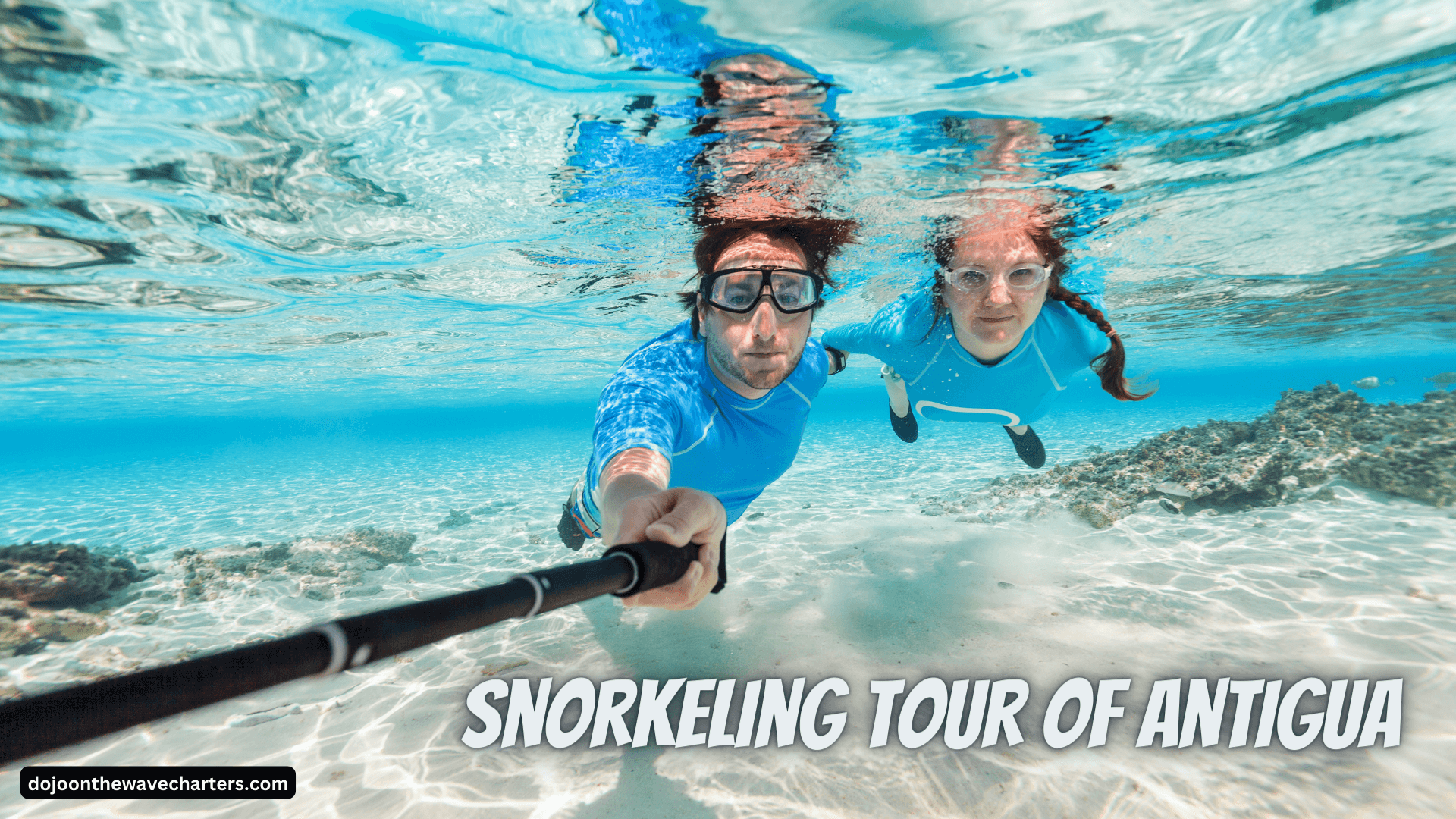
For anglers looking for a serious challenge, few adventures compare to deep-sea fishing far offshore. Teeming with huge, fast fish that test even the most rugged rods and reels, the open ocean demands specialized techniques and gear to consistently catch. From picking the right equipment to mastering trolling methods, this complete guide to deep-sea fishing covers everything you need to know to reel in that trophy sport fish.
Define Deep-Sea Fishing
Deep-sea or offshore fishing refers to fishing in waters at least 30 miles from shore and over 600 feet deep. At these depths, you’ll be targeting pelagic species that migrate long distances like tuna, marlin, mahi-mahi, sharks, and billfish. To reach fish-rich zones far offshore, anglers charter specialized vessels capable of handling long runs in the open ocean.
Benefits of Deep-Sea Fishing
- Access to trophy-sized fish like bluefin tuna, swordfish, and sharks
- Less crowded than nearshore waters
- Cleaner water with more active fish
- Ability to target highly migratory pelagic species
- Multi-day trips allow more time to explore remote areas
Where to Go
Popular destinations for deep-sea fishing charters include:
- Gulf of Mexico for blue marlin and yellowfin tuna
- Hawaii for mammoth Pacific blue marlin
- Florida coast for sailfish
- Puerto Rico/Virgin Islands for blue marlin and wahoo
- California for albacore tuna
- Oregon for halibut
- Nova Scotia for bluefin tuna
Best Seasons
Peak fishing times vary by region and species. However, late spring through early fall tends to offer prime offshore fishing since fish are more active in warmer waters. Blue and black marlin run June-October in the Caribbean while yellowfin tuna peak April-June in the Gulf of Mexico. No matter where you go, be sure to time targeted species’ migratory seasons for the best chance of success.
Finding a Charter Captain
Do your research when selecting a charter captain. Look for these ideal traits:
- Years of experience fishing your target species in that region
- A modern vessel capable of extended trips offshore
- Solid safety and maintenance record
- Knowledge of productive areas and successful techniques
- Good rates/reviews and responsible fishing practices
A trustworthy captain from the dojo on the wave charters maximizes your time on the water to catch. Never hesitate to ask questions before booking.
Rod and Reel Selection
Deep-sea fishing requires specialized rods and reels built for heavy loads and big battles offshore. Key factors to consider:
Rods
- Length of 4’8”-7’ for leverage lifting big fish
- Sturdy roller guides that prevent friction on the line
- A strong butt section for harnessing power on hooksets
- Heavy power ratings of 30-80 pounds for fighting strength
Reels
- Durable metal construction
- Powerful drag system 20+ pounds
- Line capacity of 200+ yards
- Gear ratio at least 4:1 for quick retrieval
- Corrosion-resistant since saltwater expedites breakdown
- Levelwind capability to prevent uneven line stacking
Matching your rod strength and lure sizes to reel capacity ensures hard-fighting fish stay hooked. Always bring backup rod/reel combos in case something fails.
Selecting Terminal Tackle
Terminal tackle connects the line to your bait or lure. For deep dropping, use:
- Circle hooks in sizes 7/0-10/0 to hook fish that swallow bait
- Non-offset hooks like 6/0 J-hooks for live bait rigs
- Swivels to prevent line twist when trolling with lures
- Fluorocarbon leader 120-200 lb test to prevent abrasion
- Crimp sleeves and pre-made wire double line to connect the main line and leader
Check gear frequently for nicks and re-tie connections often using a surgeon’s knot. Keep extra pre-made leaders, sleeves, hooks, and swivels onboard to quickly change terminal setups.
Baiting Up
Since deep-sea fish hunt larger prey, use these bait options:
- Squids up to 10 inches long
- Whole mackerel, bluefish, or bonito 8-12” long
- Ballyhoo and other oily baitfish
- Strip baits like tuna belly or marlin flesh
- Mud crabs and blue crabs
- Large artificial lures/plastics up to 16” long
When using live bait, slowly reel it in or keep rods in holders so baitfish swim naturally. Scout bait schools beforehand using fish finders. For chunk or strip bait, check local regulations on bait type and hooking technique.
Employing Effective Techniques
Mastering these go-to techniques is key to deep-sea success:
Chumming – Dice up baitfish and slowly release bits behind the boat. Stimulates a feeding frenzy that draws in fish from below.
Trolling – Drag lines with skirted lures, grubs, or bait 200-400 ft. behind the boat. Vary lure depths and reeling speeds until you find what triggers bites.
Drift Fishing – Position the boat up current and allow baited lines to drift down current over the structure. Mimics natural baitfish movement.
Bottom Fishing – Anchor and fish baits just off reefs and wrecks where bottom fish congregate. Use heavy weights (16 oz.+) to reach the bottom and hold.
Kite Fishing – Harness wind to suspend live baits on the surface then release the line once a fish bites. Excellent for billfish.
Vary techniques until fish start biting. Watch your fish finder closely for schooling activity.
Drilling and Reeling
When you get a bite offshore, follow these steps to land the catch:
- Engage the reel drag and pump the rod up and down to set the hook. Avoid excessive slack!
- Clear other lines and warn passengers the fish is on.
- Let the fish make initial runs to tire itself out. Gradually increase drag if it continues peeling the line.
- Boat operators should chase hooked fish slowly. Avoid slack line.
- Pump and reel while keeping the rod tip up to gain back line.
- Once boat-side, use a gaff to secure large fish and heave onboard or dispatch sharks with a bang stick.
Stay focused no matter how long the battle lasts! Keep communicating with the captain and don’t give up.
Handling Your Catch
Responsible deep-sea anglers:
- Use circle hooks or de-barb hooks to minimize internal injuries
- Never gaff-protected billfish like sailfish or marlin. Release them boat-side only.
- Vent the inflated fish with a hollow needle before releasing it.
- Revive exhausted fish by slowly passing water over gills before release.
- Follow all size limits and only harvest what you’ll eat.
- Practice tag and release with threatened fish like sharks.
Preserving your catch starts with proper handling once it lands. Be sure to bleed, ice down, and refrigerate fish kept for eating.
Safety at Sea
When heading offshore, prioritize safety with these tips:
- File a float plan listing your return time and marina
- Wear a securely fastened PFD whenever on deck
- Always obey the captain’s commands especially in rough seas
- Drink plenty of water to avoid dehydration
- Bring prohibited items like gaffs and firearms declared in dockside inspections
- Apply sunscreen and cover up to prevent painful burns
- Watch foot placement and stay seated when fighting big fish
- Help the captain keep the deck clean and organized
Following offshore fishing safety basics ensures everyone returns to the dock in one piece.
Conclusion
With the right charter captain, equipment, and techniques, deep-sea fishing offers the adventure of a lifetime. Challenging, immensely rewarding, and ripe with variety, venturing far offshore allows you to chase mammoth pelagic species found only in the open ocean. But be sure to plan accordingly, focus on safety, and respect these magnificent fisheries if you want the trip of a lifetime. Tight lines!



